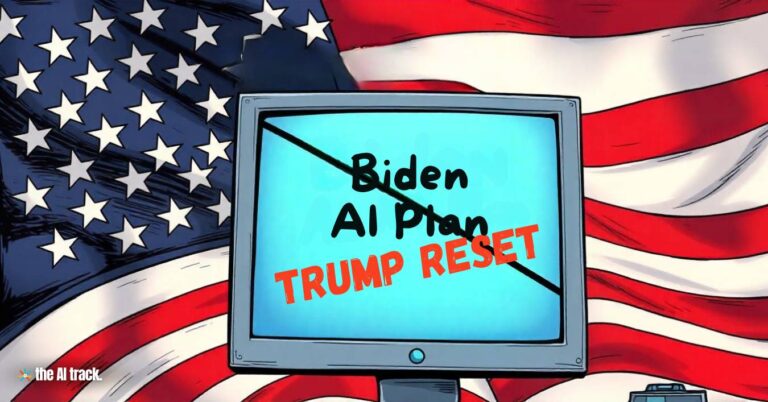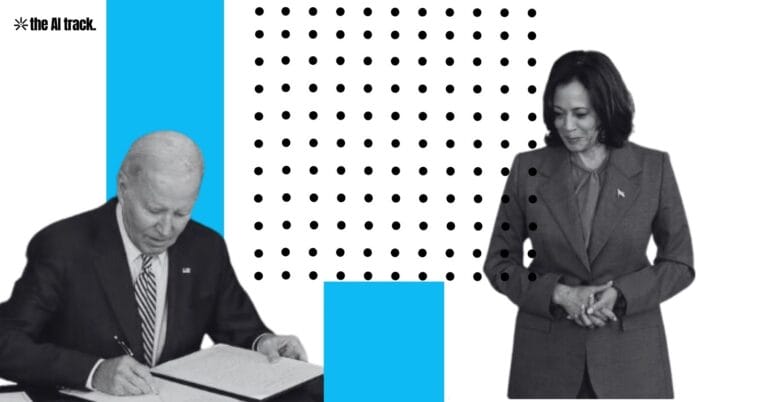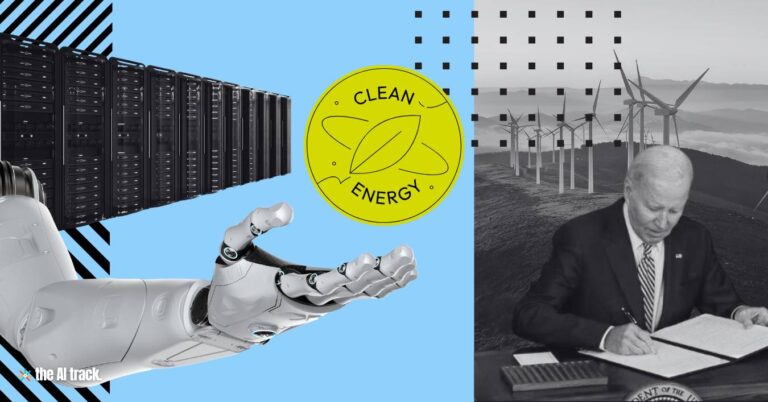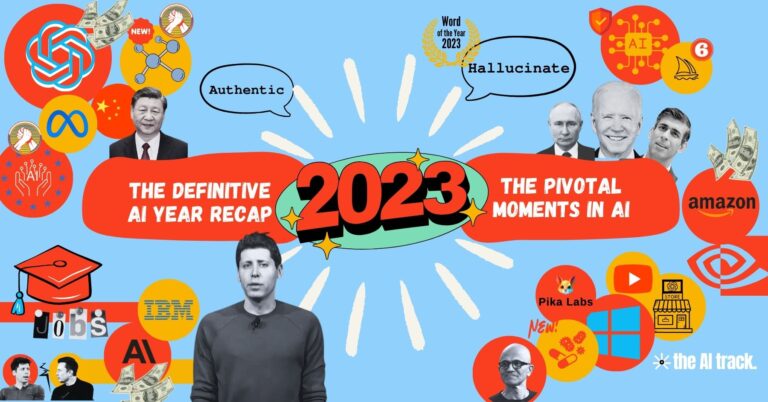President Trump’s first-day executive actions reversed Biden’s AI regulatory framework and pandemic-era remote work policies. By taking this decisive step, Trump ends Biden AI initiatives that prioritized federal oversight and safety measures. This signals a shift toward less oversight in AI development and a return to traditional workplace norms for federal employees.

Trump Ends Biden AI Roadmap – Key Points
- Repeal of Biden’s AI Executive Order
- Biden’s 2023 AI Order:
- Introduced safety and transparency rules requiring AI developers to submit safety test results and address biases.
- Established the US AI Safety Institute under the Commerce Department to create guidelines for ethical AI use.
- Directed the National Institute of Standards and Technology (NIST) to help identify and correct flaws in AI systems.
- Created the National AI Research Resource (NAIRR) to democratize AI resources for research and innovation.
- Trump’s Action:
- Revoked the order, halting initiatives like NAIRR and federal oversight on AI safety. With this move, Trump ends Biden AI programs aimed at democratizing access to AI resources and enforcing stricter safety standards.
- Republicans argued Biden’s framework imposed excessive compliance burdens and risked exposing corporate trade secrets.
- Trump promised AI policies centered on innovation, free speech, and minimal federal intervention.
- Biden’s 2023 AI Order:
- Shift in AI Governance
- Trump’s administration supports a hands-off regulatory approach, favoring industry-led development over government oversight.
- Critics warn this could exacerbate risks, such as biased AI systems and unregulated deployment of powerful technologies.
- Return to In-Person Work for Federal Employees
- Trump ended pandemic-era telework policies, requiring federal employees to return to their duty stations full-time.
- Agencies can grant exceptions, but the default expectation is in-person work.
- Trump’s decision aligns with Republican critiques of remote work, which they claim hinders productivity and accountability.
- Impacts of Trump’s Policies
- AI Innovation: Reducing federal oversight may boost private-sector development but risks neglecting safety and ethical considerations. As Trump ends Biden AI policies, concerns grow over unchecked risks and the potential for widening disparities in AI governance.
- Workforce Dynamics: Reverting to in-person work could disrupt telework efficiencies, affect employee satisfaction, and increase operational costs.
- Global AI Leadership: Critics argue dismantling Biden’s AI roadmap may weaken U.S. leadership in AI governance and safety.
Why This Matters
Trump’s moves highlight partisan divides on technology regulation and workplace policies. By adopting a hands-off approach to AI, Trump ends Biden AI efforts to ensure responsible deployment, potentially reshaping the federal landscape, impacting innovation, governance, and employee well-being.
President Biden has signed (October 30, 2023) a new groundbreaking Executive Order on Safe, Secure, and Trustworthy Artificial Intelligence, representing a significant government action in the field.
Read a comprehensive monthly roundup of the latest AI news!







